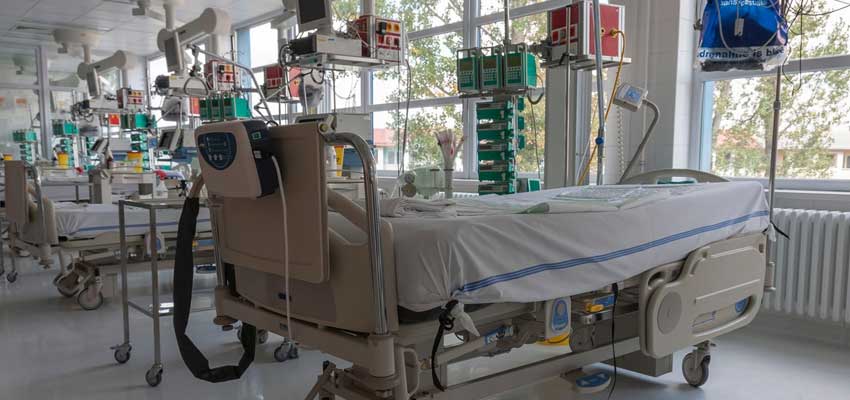
Types of Hospital Beds: Know in Details and Where to Buy
Tablet of Contents
Hospital beds are specialized medical equipment designed for use in healthcare facilities to provide support, comfort, and safety to patients during their treatment, recovery, or rehabilitation.
These beds are essential in providing adequate care to patients with various medical conditions, and they come in different types depending on the specific patient’s needs.
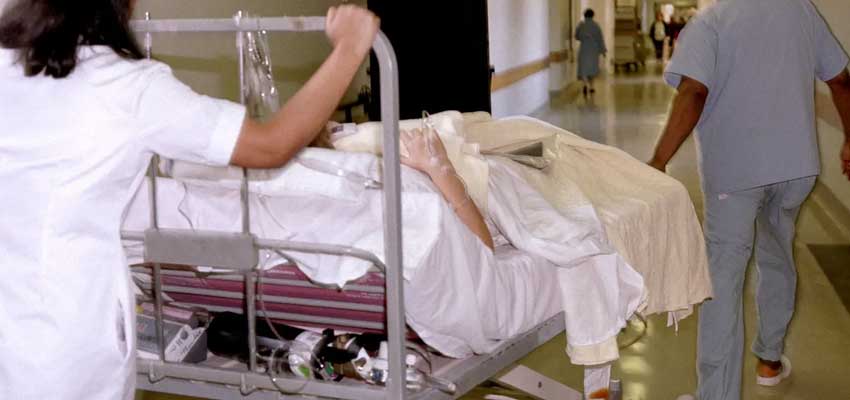
The health and recuperation of patients in healthcare institutions depend on hospital beds. They are designed to address the different requirements of patients, such as comfort, mobility, and safety, and provide appropriate support for medical equipment used during the patient’s treatment.
The right hospital bed can help reduce the risk of complications, promote healing, and improve the overall quality of patient care.
Standard Hospital Beds
Standard hospital beds are typically made of metal or plastic and consist of a bed frame, a headrest, and a footrest.
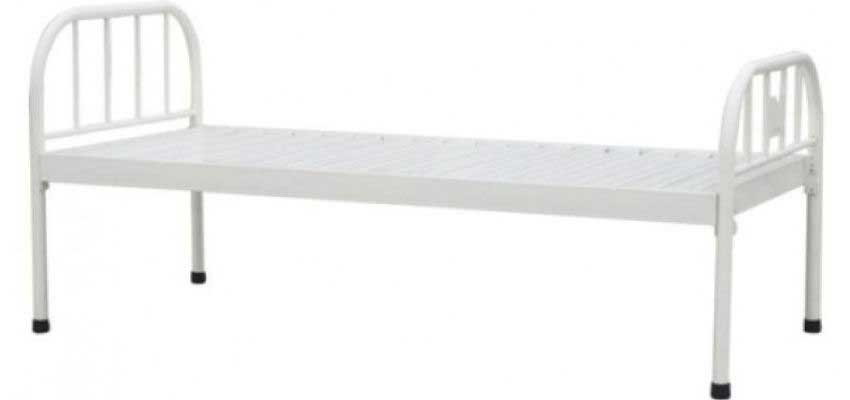
They may be raised or lowered to various heights and feature movable side railings. The bed is usually mounted on wheels to enable easy movement around the hospital but in many cases, these are fixed as well.
You may also like to know about odhs meaning in prescription received from your doctor.
Key features and functions:
- Standard hospital beds are not height-adjustable to fit patient demands and make it simpler for medical professionals to offer treatment to the patients.
- Side rails: the adjustable side rails provide additional support and prevent patients from falling out of bed.
- Head and footrests: these can be raised or lowered to provide patients with a comfortable sleeping position.
- Wheels: the wheels allow for easy movement of the bed to different areas of the hospital or patient’s room.
Common uses: Standard hospital beds are used for patients who require basic medical care and do not need specialized features.
They are commonly used in medical-surgical units, general wards, and emergency departments.
You may also like to read doctor medical prescription format reader here.
Low Hospital Beds
Low hospital beds, also known as floor-level beds, are designed to be closer to the ground than standard hospital beds.

Low hospital beds have a similar design to standard hospital beds but are closer to the ground. They are set on wheels for simple mobility and contain a bed frame, headrest, and footrest.
They also have adjustable side rails that can be raised or lowered to provide additional support and prevent patients from falling.
Key features and functions:
- Low height: Low hospital beds are closer to the ground, reducing the risk of falls and injuries for patients who may have difficulty getting in and out of bed.
- Side rails: Adjustable side rails provide additional support and prevent patients from falling out of bed.
- Wheels: Low hospital beds are mounted on wheels to enable easy movement around the hospital.
- Easy access: The bed’s low height makes it simpler for patients to get in and out of bed, necessitating less help.
Common uses: Low hospital beds are typically used for patients who are at a higher risk of falls, such as elderly patients, or patients with limited mobility, such as those with spinal cord injuries or recovering from joint replacement surgery.
Have a look at the best contact lenses brand in india here.
Bariatric Hospital Beds
Bariatric hospital beds are designed for patients who are overweight or obese and require a higher weight capacity than standard hospital beds can provide.
Standard hospital beds are narrower and less sturdy than bariatric hospital beds, which can support more weight.
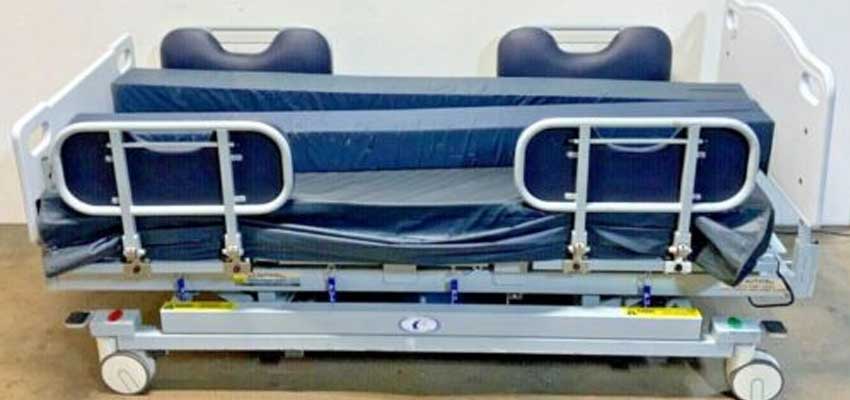
They are typically made of heavy-duty materials, such as reinforced steel, and have a wider bed frame and a larger sleeping surface.
Key features and functions:
- High weight capacity: Bariatric hospital beds can typically support up to 1000 pounds, making them suitable for patients who are overweight or obese.
- Wide bed frame: Bariatric hospital beds have a wider bed frame and larger sleeping surface than standard hospital beds to provide patients with additional space and comfort.
- Adjustable height: Bariatric hospital beds may be modified to various heights to meet the demands of patients and make it simpler for medical professionals to offer care for them.
- Reinforced structure: Bariatric hospital beds are made of heavy-duty materials, such as reinforced steel, to ensure their strength and durability.
Also read best eye protection glasses for computer users here.
Common uses: Bariatric hospital beds are typically used for patients who are overweight or obese and require specialized medical care, such as those recovering from bariatric surgery or undergoing treatment for obesity-related medical conditions.
ICU Hospital Beds
ICU (Intensive Care Unit) hospital beds are specialized hospital beds designed for critically ill patients who require close monitoring and intensive medical care.
ICU hospital beds are made to offer life-saving treatment to patients who need constant supervision and assistance.
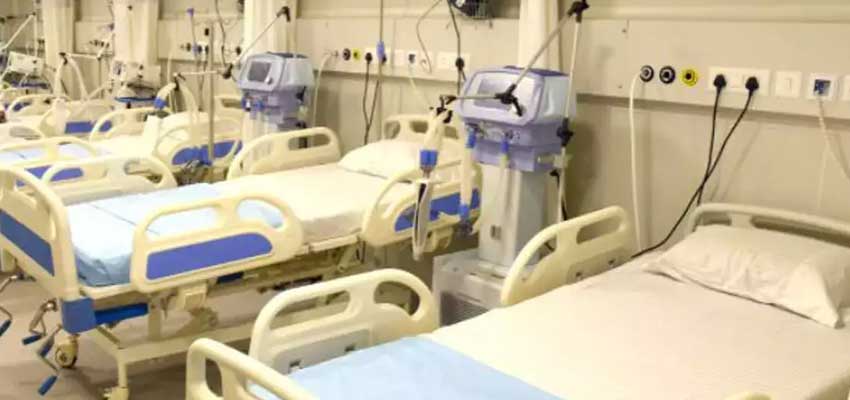
They are equipped with specialized medical technology and features that allow healthcare providers to deliver continuous care and treatment to critically ill patients.
Key features and functions:
- Advanced monitoring: ICU hospital beds are equipped with advanced monitoring technology, such as cardiac monitors, oxygen sensors, and blood pressure monitors, to continuously monitor patients’ vital signs.
- Ventilation support: ICU hospital beds are designed to provide ventilation support to patients who are unable to breathe on their own, through mechanical ventilators or non-invasive methods.
- Mobility: ICU hospital beds have wheels that allow them to be easily moved around the ICU department and positioned next to other medical equipment.
- Adjustability: ICU hospital beds are adjustable in height, angle, and position, to accommodate patients’ medical needs and optimize patient care.
Common uses: ICU hospital beds are typically used for critically ill patients who require close monitoring and intensive medical care, such as those with severe infections, respiratory failure, or organ failure.
Pediatric Hospital Beds
Pediatric hospital beds are smaller and more lightweight than adult hospital beds, with a focus on providing a comfortable and safe environment for children.
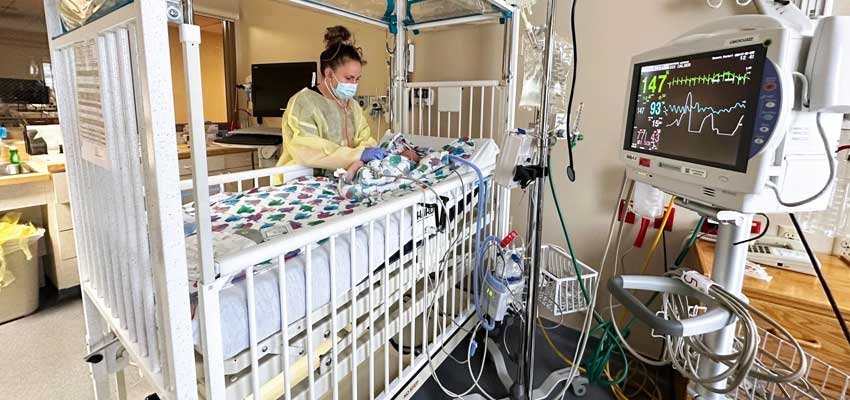
They are typically designed with bright colors and fun designs to make the hospital environment less intimidating for children.
Key features and functions:
- Adjustable height: Pediatric hospital beds can be adjusted in height to accommodate children of different sizes and ages.
- Side rails: Pediatric hospital beds are equipped with side rails to prevent children from falling out of bed and injuring themselves.
- Fun designs: Bright colors and playful patterns are frequently used in pediatric hospital beds to make the setting more inviting for kids.
- Built-in toys and entertainment: Some pediatric hospital beds come equipped with built-in toys and entertainment to distract children and make their hospital stay more comfortable.
Consider reading about syrup to stop vomiting in child in india.
Common uses: Pediatric hospital beds are typically used for children who require medical care, such as those recovering from surgery, illness, or injury.
Specialty Hospital Beds
Specialty hospital beds are hospital beds designed for patients with unique medical needs or conditions that require specialized care.
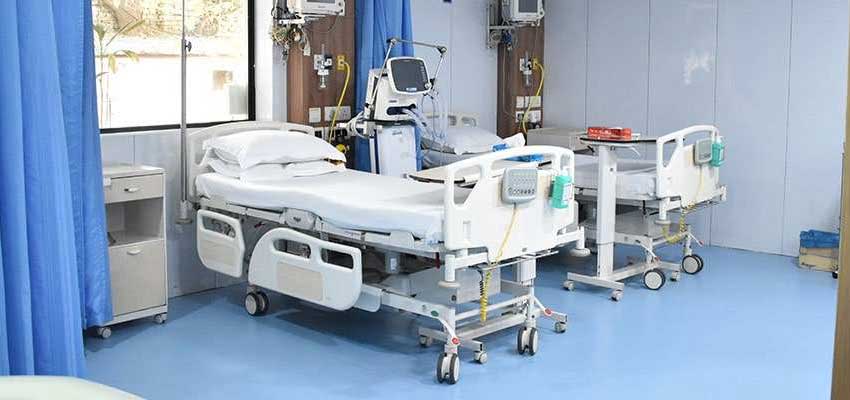
These beds are designed to provide optimal patient care and comfort for specific medical conditions.
Specialty hospital beds are designed to provide specialized care for patients with unique medical needs or conditions. They are designed with specific features and technology to optimize patient care and comfort.
Key features and functions:
- Specialized features: Specialty hospital beds are designed with specialized features to meet the unique medical needs of patients with specific conditions.
For example, a pressure ulcer prevention bed may have air-filled chambers to reduce pressure points and prevent bedsores.
- Customizability: Each patient’s unique demands can be met by adjusting and personalizing specialty hospital beds.
- Safety features: Specialty hospital beds are equipped with safety features to prevent falls and injuries, such as side rails and bed exit alarms.
Common uses: Specialty hospital beds are used for patients with unique medical needs or conditions, such as those with pressure ulcers, spinal cord injuries, or bariatric needs.
Consider Reading:
Conclusion
In conclusion, hospital beds play a crucial role in patient care, and selecting the right type of bed for specific patient needs is essential.
We have discussed several types of hospital beds, including standard hospital beds, low hospital beds, bariatric hospital beds, ICU hospital beds, pediatric hospital beds, and specialty hospital beds.
Each type of bed has its unique features, functions, advantages, and disadvantages. Selecting the appropriate hospital bed can optimize patient care, improve patient outcomes, and enhance patient comfort and safety.
It is essential to consider the patient’s medical condition, size, and mobility needs when selecting a hospital bed to ensure that the patient receives the best care possible.







मुनक्का बहुत ही फायदेमंद होता है क्या इसका सेवन मानसिक तनाव की समस्या से छुटकारा पाने के लिए भी किया…